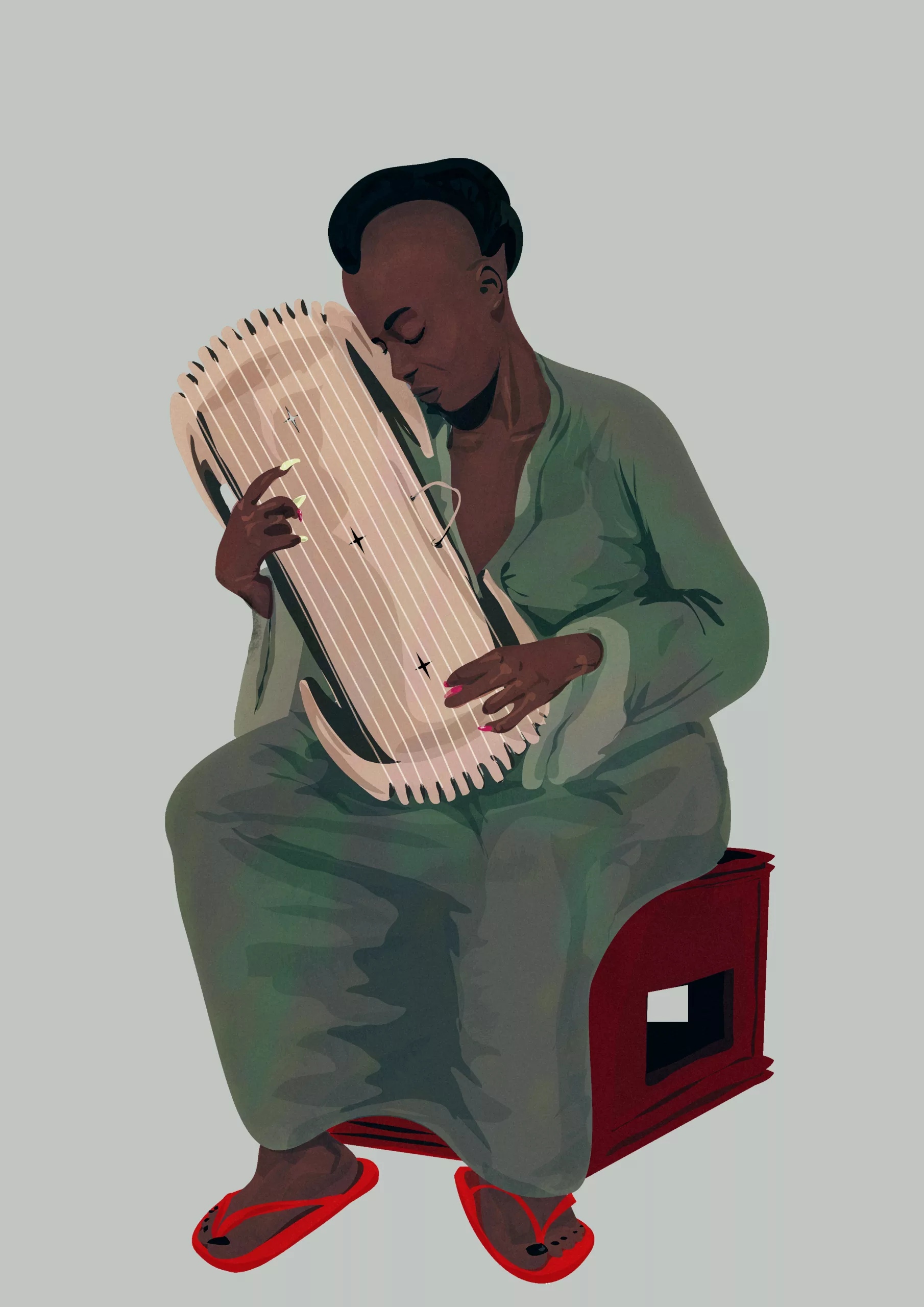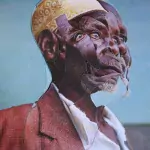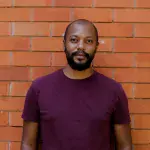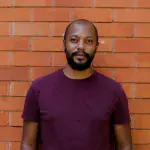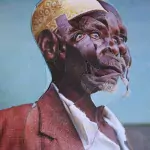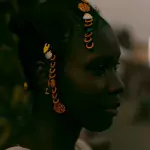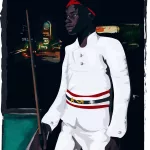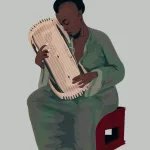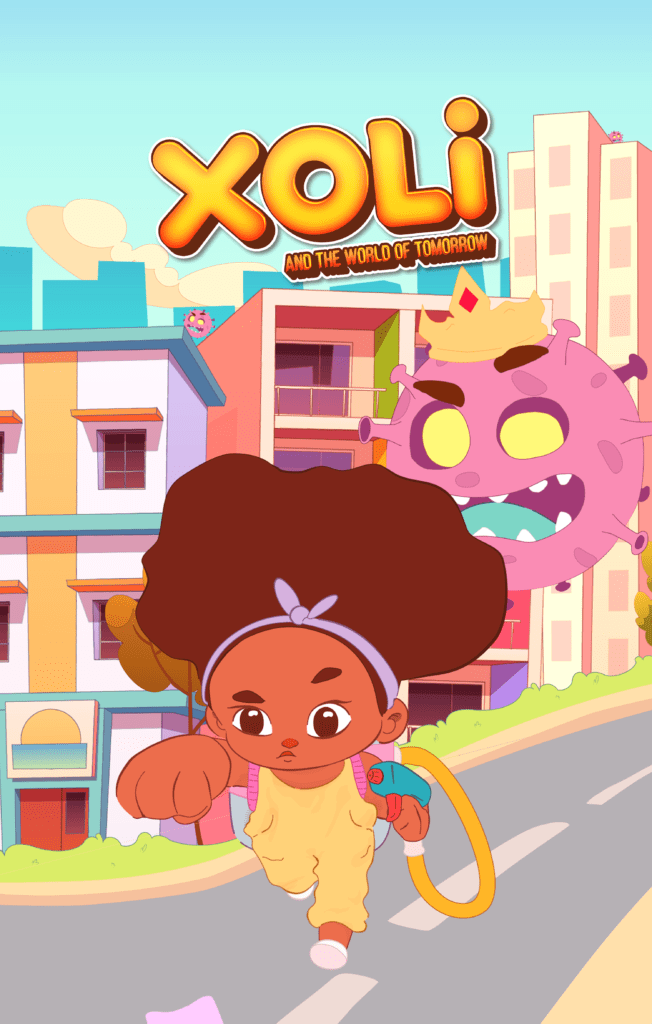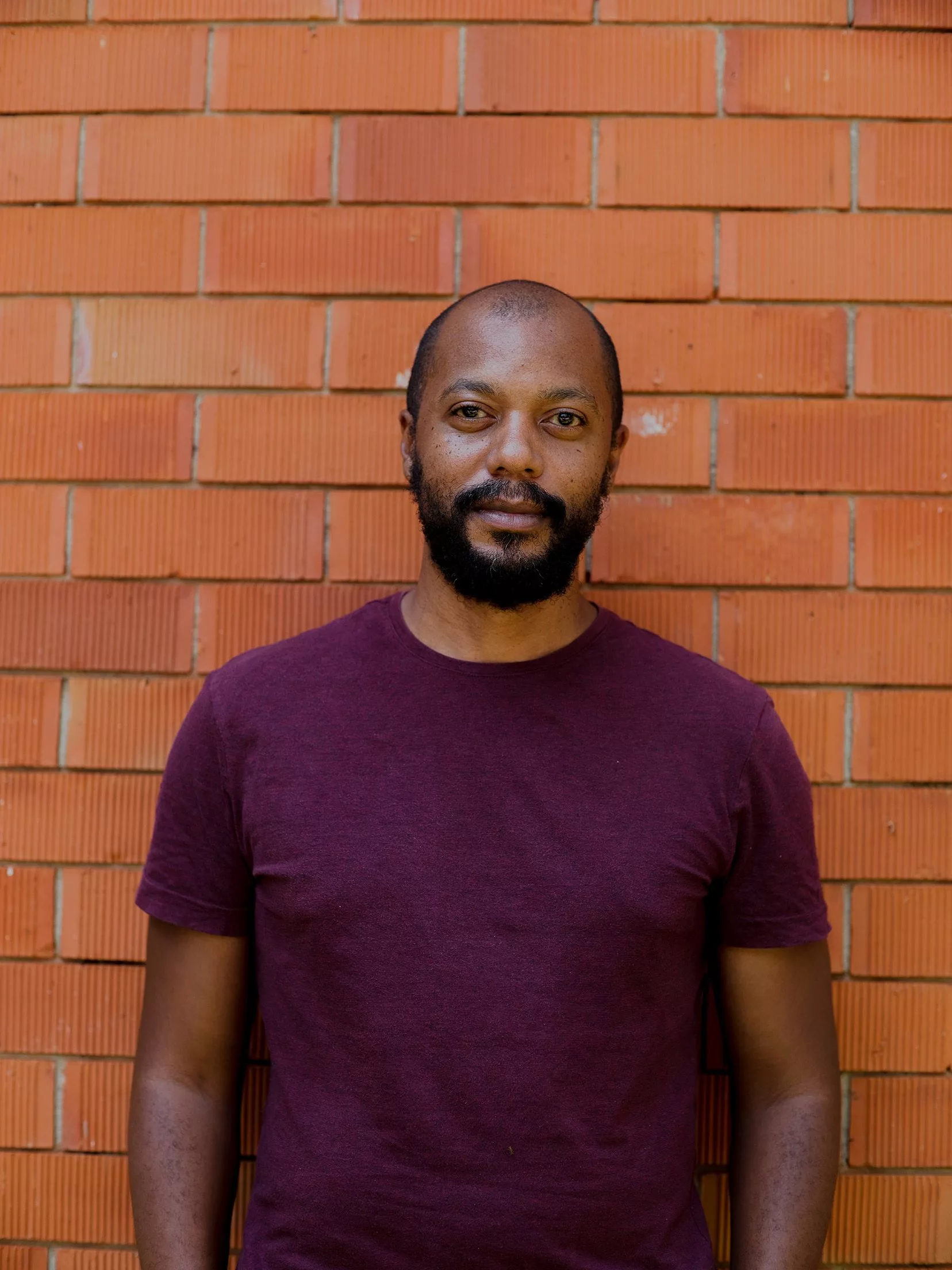
A few words about your artistic career
I am driven by my curiosity and photography was the first medium that resonated with me. This curiosity led me to independent photography where I was privileged to have access to and be part of a legacy of storytellers and image makers on the continent.
How long have you been an artist?
I've been an artist for 10 years, but it's hard to say where life and art begin and end. I think the digital revolution has given me the tools to develop new mediums.
Why did you apply for this scholarship? How will the scholarship support you?
When the pandemic led to closures, I was working with artists on the KLAART festival, which was inevitably postponed; I wanted to create but with minimal contact. The grant will make it easier to research and carry out a project that will enable me to work remotely and develop a new technique.
What are your concrete artistic objectives after this residency?
My main aim is to develop an accessible and creative collection of revised and remixed illustrations inspired by African archives. I'm also keen to develop skills in digital animation.
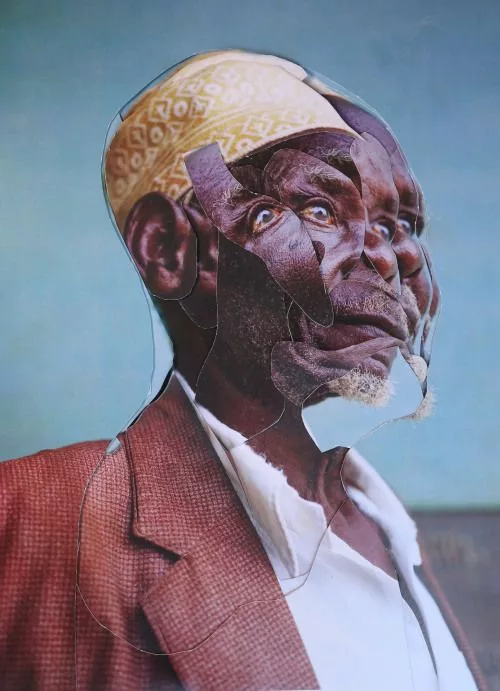
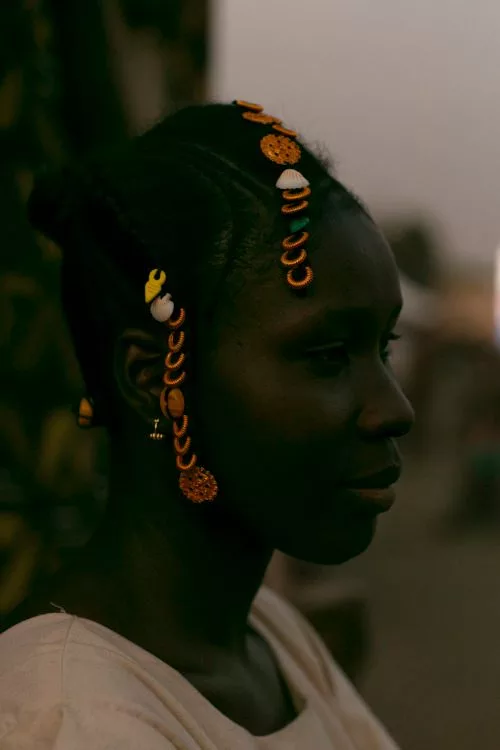
**What did you achieve during this creative residency? What was the result (work created)?
I started learning digital illustration during the period of confinement to develop a new skill. I worked from home on a series of archive images that stood out in my research and which I wanted to use as a driving force to learn this new skill. Since winning the scholarship, I have continued to research African archives and historical journals. Initially, I wanted to retrace the images of the past with contemporary reference, but my access to digital archives such as the Uganda Journal and Sudan Notes has enabled me to delve deeper into my research.
The first artwork depicts an Amasunzu woman sitting with a traditional zither, the reference image for the zither comes from Cambridge University's digital archive of East African ornaments, her hairstyle is worn in a traditional Amasunzu format referenced in historical images of Lake Kivu.
The other image was created through my research into Ugandan history, which led me to a story about Sudanese military slaves who served in Mexico in 1863-186. The image refers to the military uniform and I used one of my archive images of a young Sudanese man, J. Chol Thon, who I photographed on a roadside pool table a few years ago.
There is a strong correlation between what I discover in my research and the information I process from contemporary references of the time.
How do you think these activities help us to think about the world today, in relation to the COVID-19 crisis, and/or about building for the future?
Talking about the future is difficult. I'd like to imagine that African nation states would take charge of reimagining education and access to information. Making the project a creative commons protects me against possible licence violations for referencing the work. Even though I'm referencing information that is centuries old, I can't help worrying that sharing parts of it in my work could have repercussions.
**How did you feel during the residency? And afterwards?
The residency allowed me to focus and learn some useful tactics about motivation. Initially I wanted to focus on more cultural objects and references such as the amasunzu hairstyle, but my work and focus changed radically when news of police brutality around the world demanded our attention. I then lost myself in the research and routine of examining the past to make sense of the present. I feel lucky to have had the time to develop a new skill.
[(
Tracing Context
)]
Discover the work of Martin Kharumwa
Alijifun

Zither
